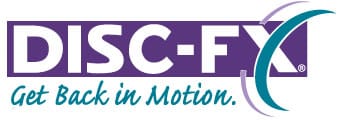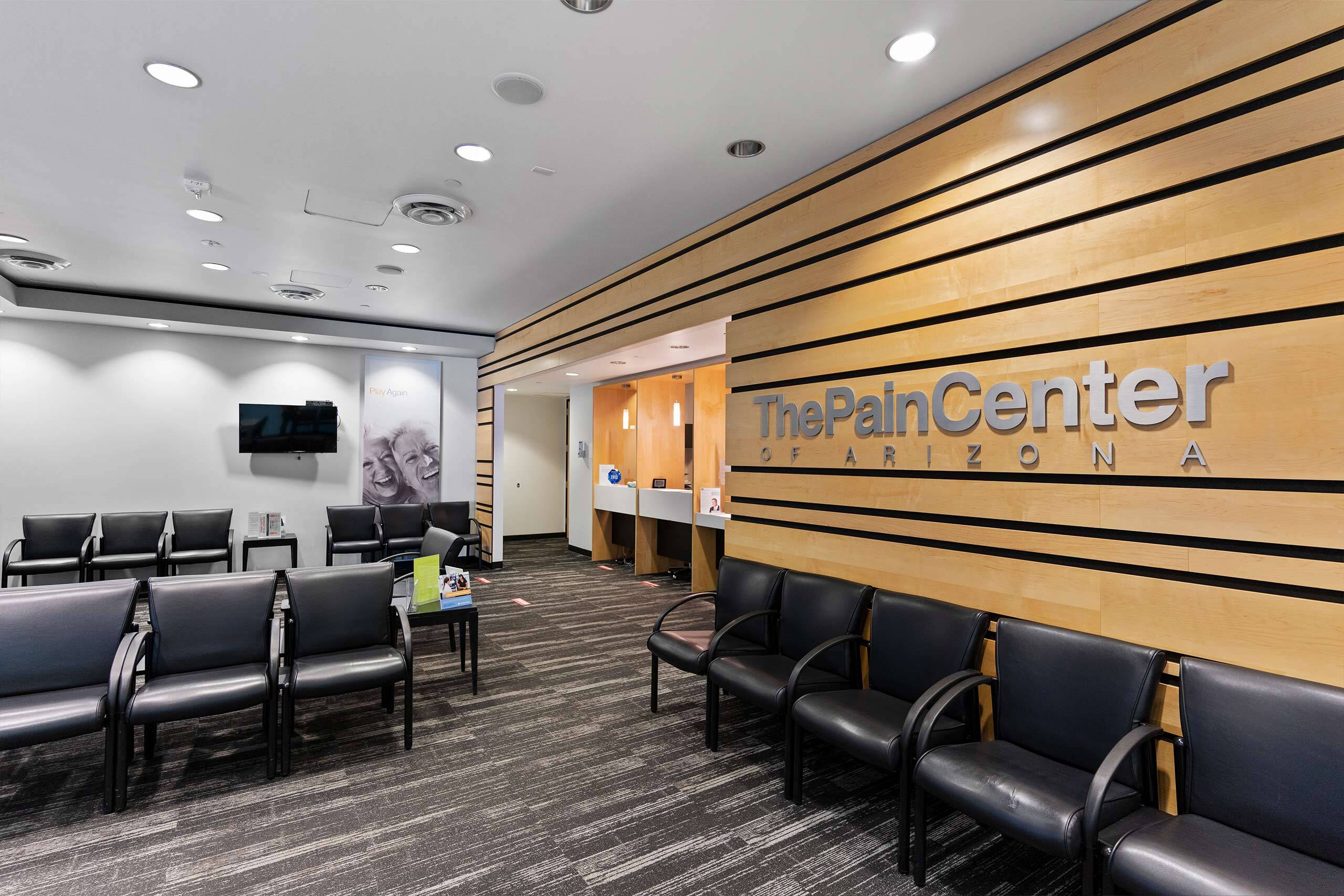Endoscopic Discectomy
Endoscopic discectomy is a minimally invasive spine surgery that is performed on patients suffering from herniated discs. This procedure is usually performed on an outpatient basis, which means the patient can return home the same day of the surgery. During the procedure, a physician uses a tubular device to remove portions of the herniated disc to allow compressed nerves to move back to their normal position. Once the damaged pieces have been removed, the surgical device is removed, allowing surrounding tissue to close around the surgical site. The incision is closed with a bandage, and the patient is sent home shortly afterward to recover.




What is Endoscopic Discectomy?
An endoscopic discectomy is a minimally invasive surgical procedure in your spine that is performed to remove herniated disc material pressing upon your nerve or spinal cord.
What Types of Pain Does Endoscopic Discectomy Treat?
Pain, numbness, or weakness in your lower back, legs, or buttocks caused by a herniated or bulging disc.
How Does Endoscopic Discectomy Work?
During the procedure, a physician uses a tubular device to remove portions of the herniated disc and scar tissue to allow compressed nerves to move back to their normal position.
Once the damaged pieces have been removed, the surgical device is removed, allowing surrounding tissue to close around the surgical site.
The small incision is closed with a bandage, and the patient is sent home shortly afterward to recover.

How Does TPC Disc Work?
TPC Disc is a minimally invasive solution for patients that have one of several problems with their intervertebral discs. Spongy discs between the vertebral bodies protect the bones in your spine from banging into each other from your neck to the mid-thoracic all the way down to the lumbar area. Sometimes with trauma, age, or simply because of family genetics, these shock absorbers can have problems such as thinning or tearing.
TPC Disc utilizes two distinct minimally invasive surgical solutions and one non-surgical solution for patients with discogenic pathology that have failed to respond to conservative treatments:
- VIA Disc (non-surgical)
- Disc-FX with Elliquence
- Endoscopic discectomy
The VIA Disc procedure, under live x-ray guidance, allows us to insert a needle into the center of a problematic disc and inject stimulating regrowth material, typically for those discs that have some early degenerative changes. Sometimes as degeneration progresses, if it wasn’t caught early enough, those tears can cause problems with the disc, causing bulging across the center or the back of the disc area.
The Disc FX procedure allows us to insert a cannula into a disc under live x-ray guidance. If you heat up a disc, the collagen begins to shrink, repairing some of the degenerative changes. The other thing that can happen is that those discs can actually get so weak in the walls that they herniate or bulge. When that wall weakens, it can bulge and herniate and push on one of the nerves coming out of the spine.
An endoscopic discectomy, under live x-ray guidance, allows us to see to the edge of the disc protecting the nerve and carve out the small piece of the disc that is effectively irritating or pinching that nerve root.
Expectations and Recovery
This procedure is usually performed on an outpatient basis, which means the patient can return home the same day of the surgery.
Numbness and tingling may occur in your legs, and you’ll be advised against bending, lifting, or twisting, as well as any strenuous activity for weeks after your procedure.
What Symptoms of Leg Pain Should I Report to My Doctor?
Be sure to inform your doctor of all your symptoms. Leg pain symptoms to watch out for include:
- Pain in either or both legs, with or without back pain
- Foot pain
- Sudden pain that comes and goes
- Redness or discoloration of the skin on either leg
- Swelling in the leg, ankle, or calf
- Distended veins
- Weakness
- Leg skin warm that’s warm to the touch
- Itching or throbbing skin
- Pain that worsens when walking, exercising
- Sciatica leg pain, or radiating pain down the back of the leg toward the feet
- Leg stiffness, general or morning
- Numbness, tingling, throbbing
- Muscle pain/aches
- Aching with or without fever
- Tenderness
- Burning sensation/pain
- Reduced range of motion
- Change in walking or movement due to pain (limping)
- Muscle cramps
- Achilles pain in your lower calf
Other Conservative Treatments for Leg and Back Pain
Other procedures used to treat chronic leg and back pain include:
- Epidural Steroid Injections
- For short-term pain relief (typically 3-4 months), steroid injections can be used to treat neck pain and can be combined with physical therapy and exercise for maximum benefit.
- Nerve Blocks
- Therapeutic nerve blocks contain local pain medications that can control acute pain.
- Radiofrequency Ablation (Rhizotomy)
- A minimally invasive procedure in the neck, middle or lower back, that destroys nerve fibers in the back that carry pain signals. It is performed under fluoroscopy (live x-ray).
- Spinal Cord Stimulation
- If other therapies aren’t effective for treating your pain, an implantable pain management device can be an option. These devices administer mild electrical pulses to block the transmission of pain.



Get the care you need within 24 hours*
We know when you’re looking for relief for your chronic pain, you can’t wait any longer than you already have. This is why we can schedule you with an appointment within 24 hours at most of our pain centers across the Valley, so you can start your journey to life-long pain relief as soon as tomorrow.



